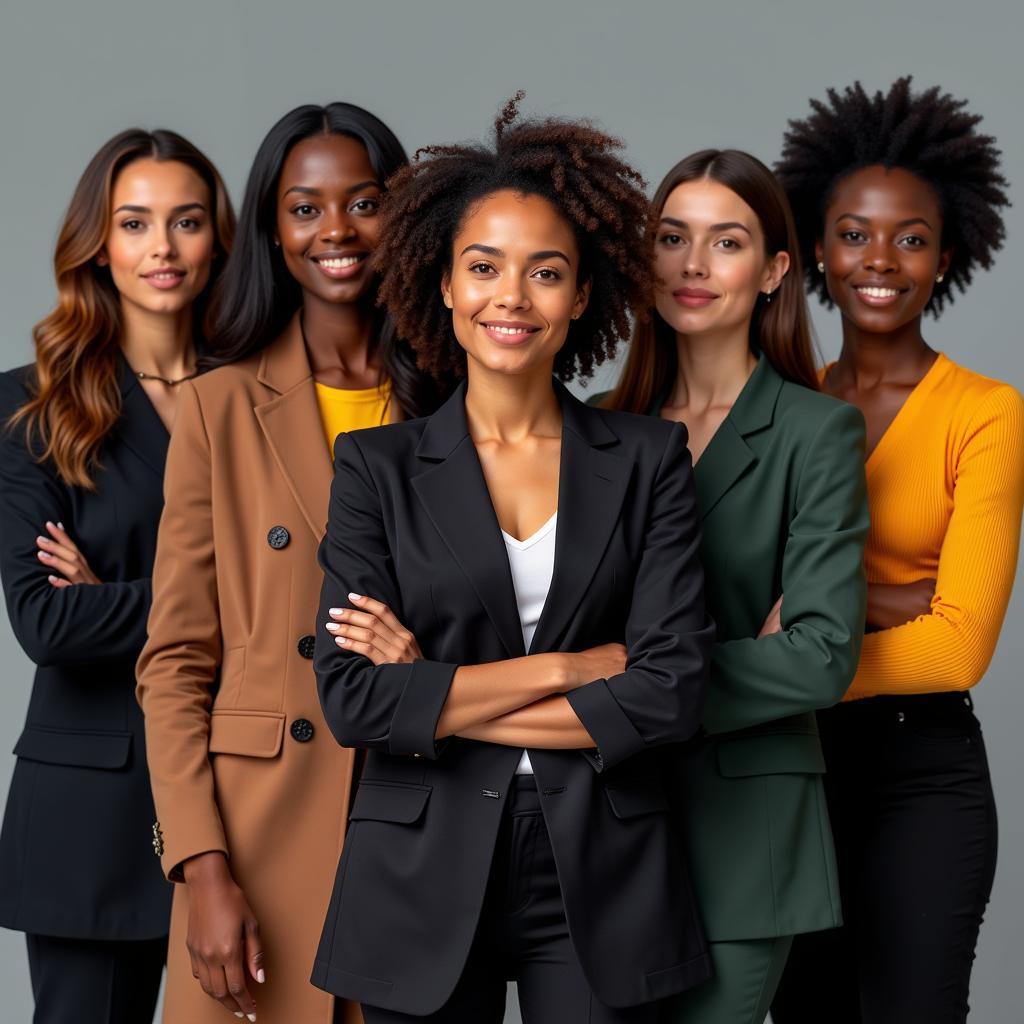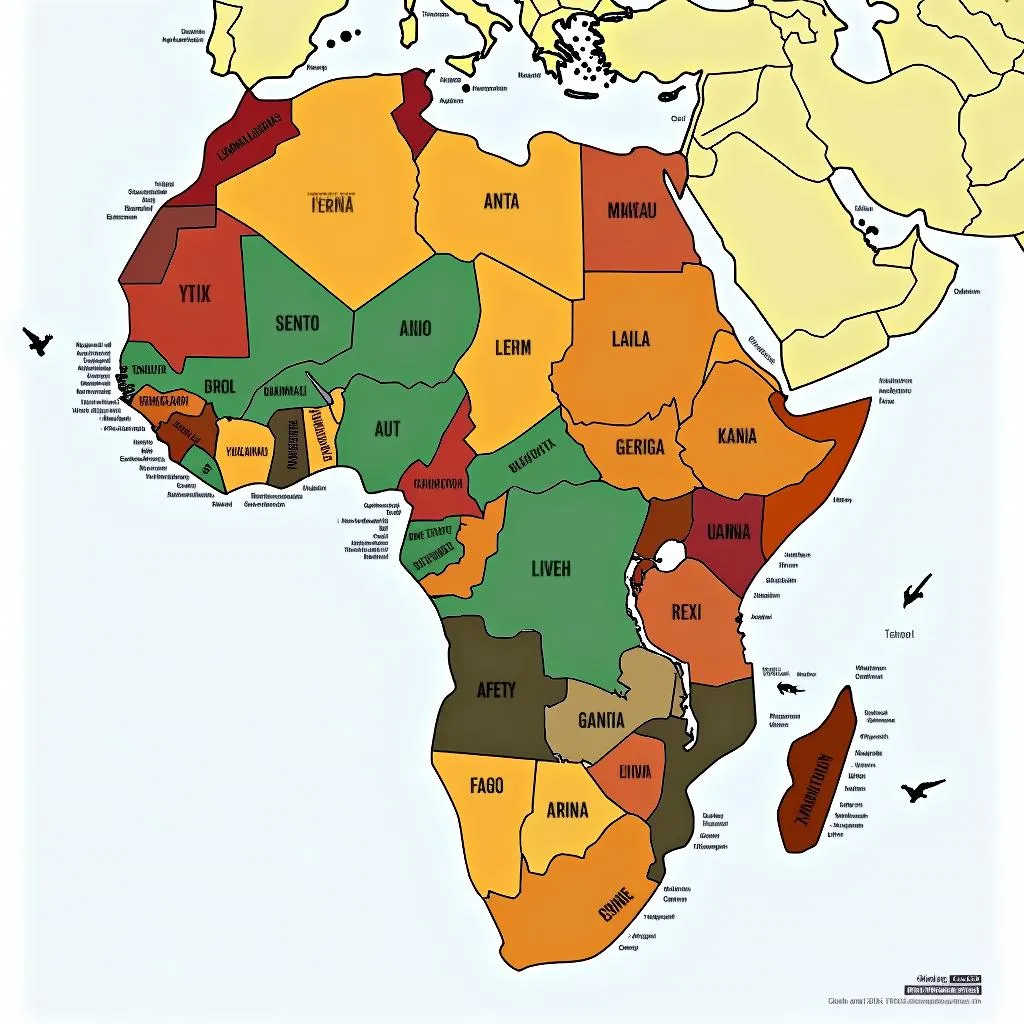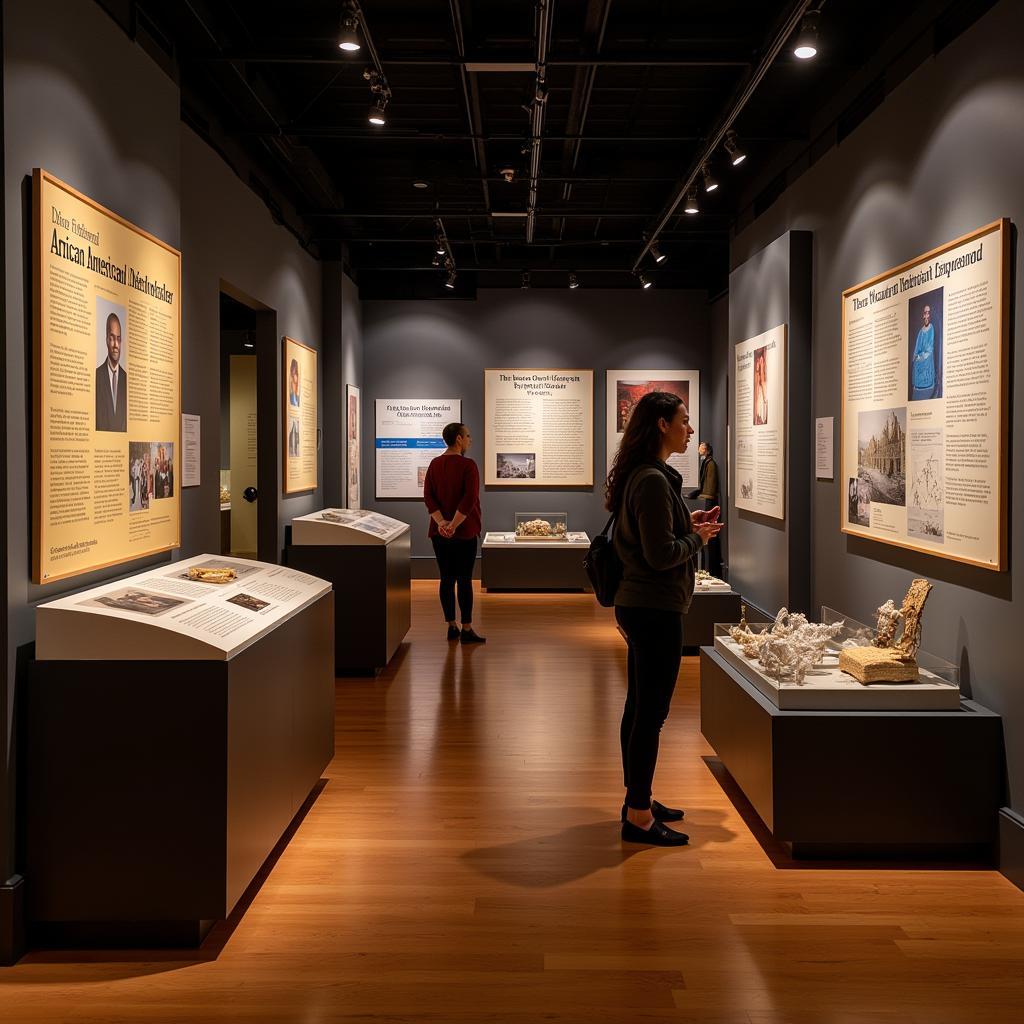Unmasking the Beauty: Exploring African Face Structure
The African continent, a tapestry woven from diverse cultures and ethnicities, boasts a mesmerizing array of beauty standards. One of the most captivating aspects is the distinct and varied African Face Structure. Far from conforming to a singular mold, African facial features exhibit a captivating spectrum of shapes, proportions, and characteristics, each whispering tales of ancestry, heritage, and the intricate dance of genetics.
Delving into Diversity: Beyond the Stereotype
It’s crucial to dispel the misconception of a “typical” African face structure. Just as the continent is home to a multitude of cultures and languages, so too does it harbor a vast spectrum of facial features. From the high cheekbones often found in the East to the fuller lips common in the West, generalizations crumble in the face of such magnificent diversity.
Sculpted by Nature: The Influence of Geography and Genetics
The environment has played a subtle hand in shaping African face structure over millennia. For instance, in regions with intense sun exposure, wider noses with larger nostrils evolved to humidify the air as it’s inhaled. Similarly, the prominent cheekbones often seen in East African populations provide natural protection against the harsh sun. These adaptations, passed down through generations, have contributed to the captivating tapestry of features we see today.
However, geography tells only part of the story. Genetics plays an even more significant role. The interplay of genes inherited from countless ancestors determines the unique combination of features each individual possesses. This explains why within a single family, one might observe a captivating blend of facial structures, a testament to the beautiful complexity of our genetic makeup.
Celebrating Heritage: Cultural Significance of Facial Features
Throughout Africa, specific facial features hold cultural significance, often intertwined with notions of beauty and identity. For example, in some cultures, a high forehead is considered a sign of intelligence and nobility. Scarification, while less common today, was once a widespread practice, with intricate patterns etched onto the face to denote clan, status, or personal achievements.
These cultural nuances underscore the importance of understanding and appreciating African face structure not merely as a set of physical attributes, but as a reflection of rich history, traditions, and societal values.
A Tapestry of Beauty: Appreciating the Spectrum
It’s imperative to recognize that beauty standards are fluid, subjective, and ever-evolving. The Western world’s historical dominance in media and popular culture has often presented a narrow and, frankly, inaccurate representation of beauty, particularly when it comes to features common in African populations.
[african bible]
However, the tide is turning. There’s a growing movement celebrating the diversity of African beauty, challenging conventional norms, and embracing the full spectrum of features that make each individual unique. From fashion runways to magazine covers, individuals of African descent are reclaiming their narrative, showcasing the captivating allure of their heritage.
Beyond Aesthetics: Embracing Individuality
The conversation surrounding African face structure goes far beyond mere aesthetics. It’s about recognizing the beauty in diversity, challenging harmful stereotypes, and fostering a world where individuals feel seen, valued, and celebrated for their unique features.
Ultimately, true beauty lies not in conforming to a prescribed ideal, but in embracing the tapestry of features that make each of us uniquely captivating. It’s time to move beyond narrow definitions and appreciate the awe-inspiring spectrum of human variation, with African face structure standing as a testament to the captivating beauty of our shared humanity.
FAQs About African Face Structure:
- Are there any common facial features across all of Africa?
While there are no universal features, some common trends include wider noses, fuller lips, and almond-shaped eyes. However, these features vary widely across the continent. - What is the cultural significance of hairstyles in relation to face structure?
Hairstyles are deeply intertwined with identity and often complement facial features, reflecting cultural traditions and social status. - How has colonialism impacted perceptions of African face structure?
Colonialism imposed Eurocentric beauty standards, often leading to the devaluation of African features. Thankfully, there’s a growing movement to decolonize beauty ideals.
Need More Information?
Have more questions about African culture, history, or the diversity of its people? Explore these related articles:
[african antelopes grop]
[african bishop work lifting sack]
For any inquiries or assistance, feel free to contact us:
Phone Number: +255768904061
Email: [email protected]
Address: Mbarali DC Mawindi, Kangaga, Tanzania
Our dedicated customer support team is available 24/7 to assist you.



